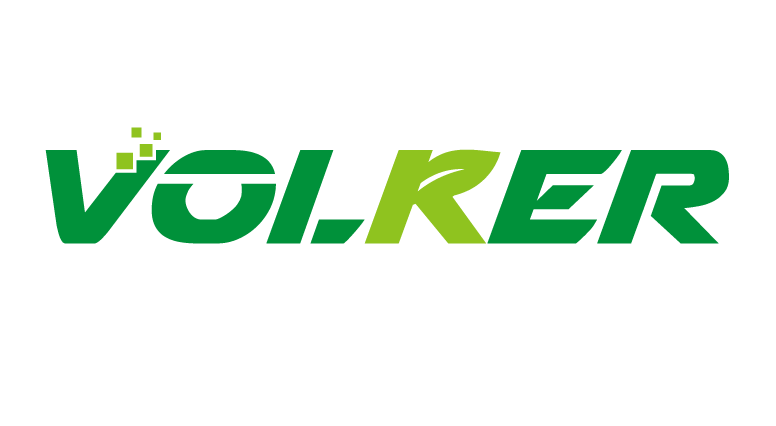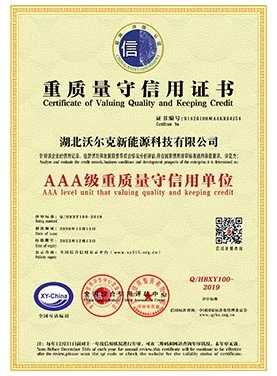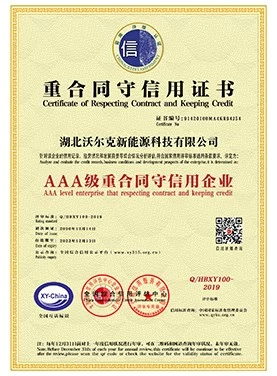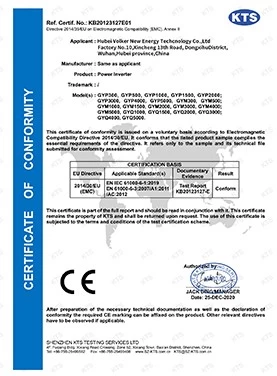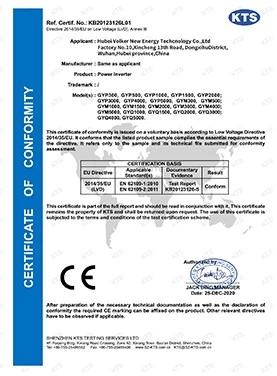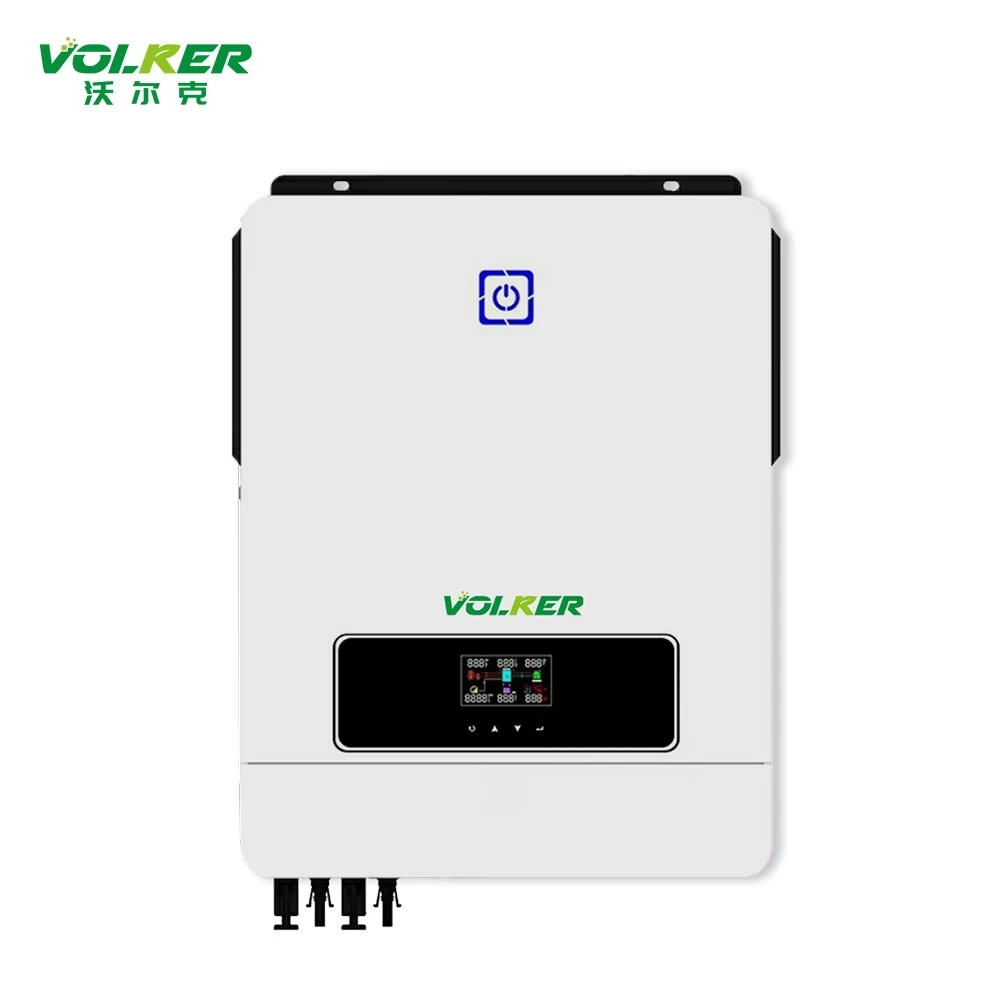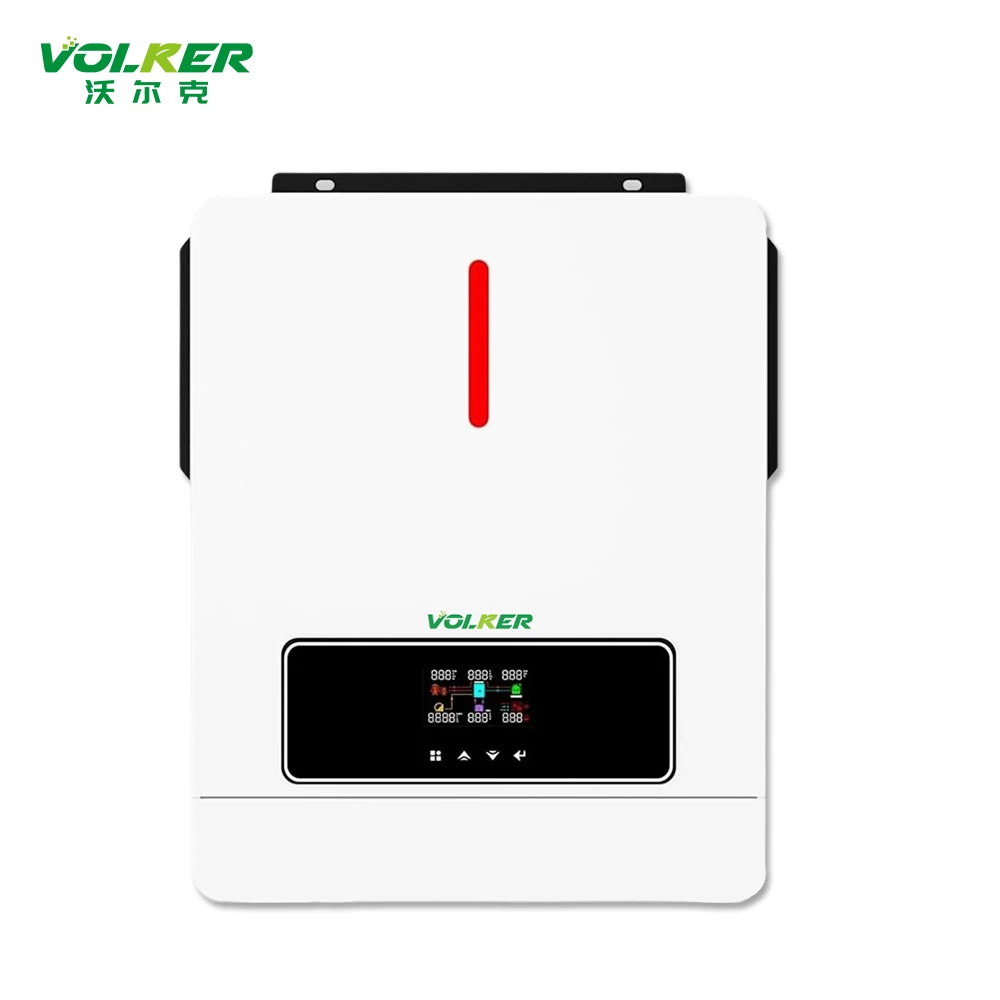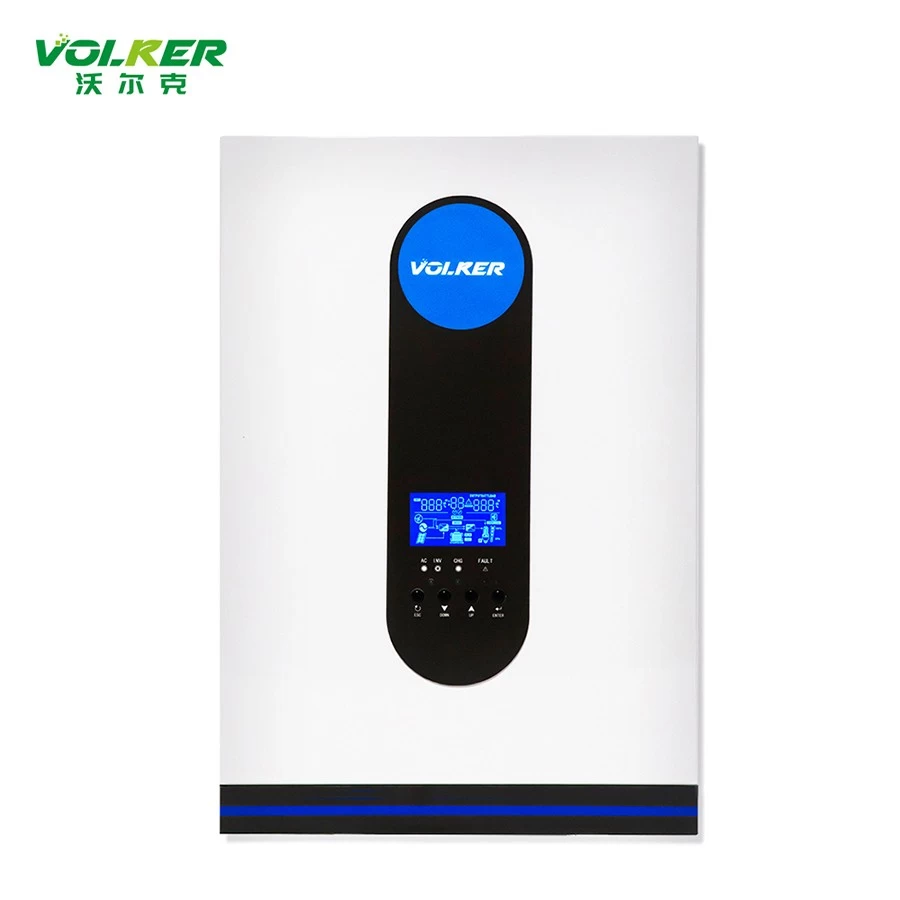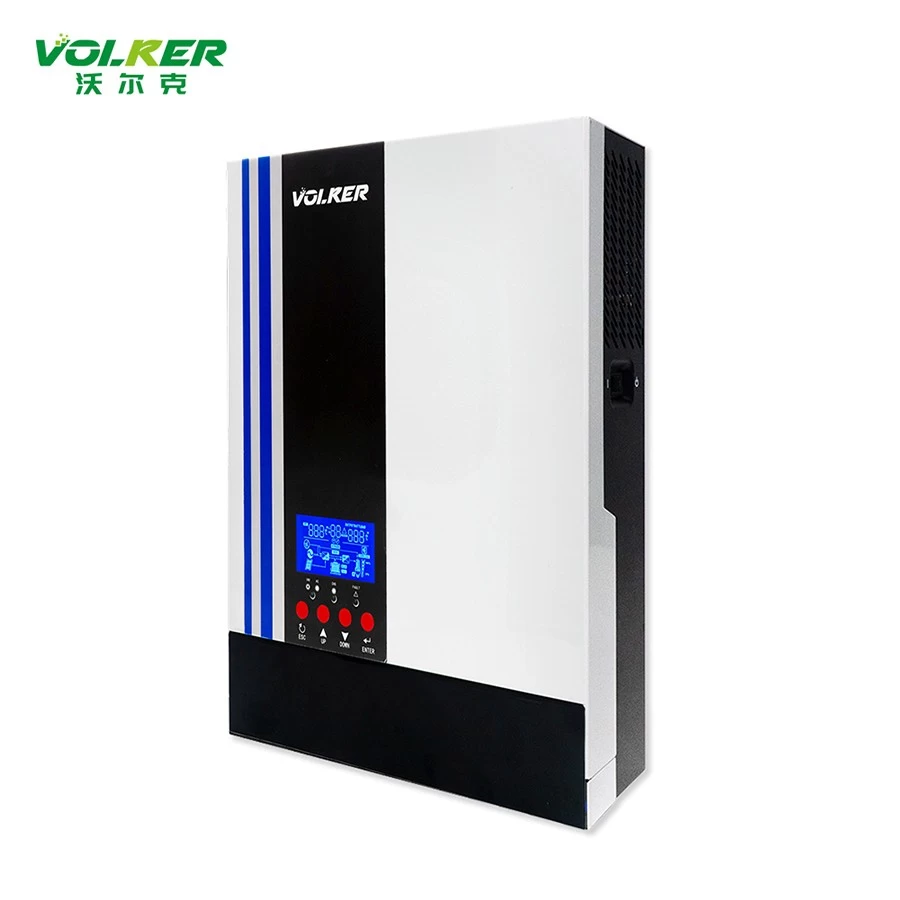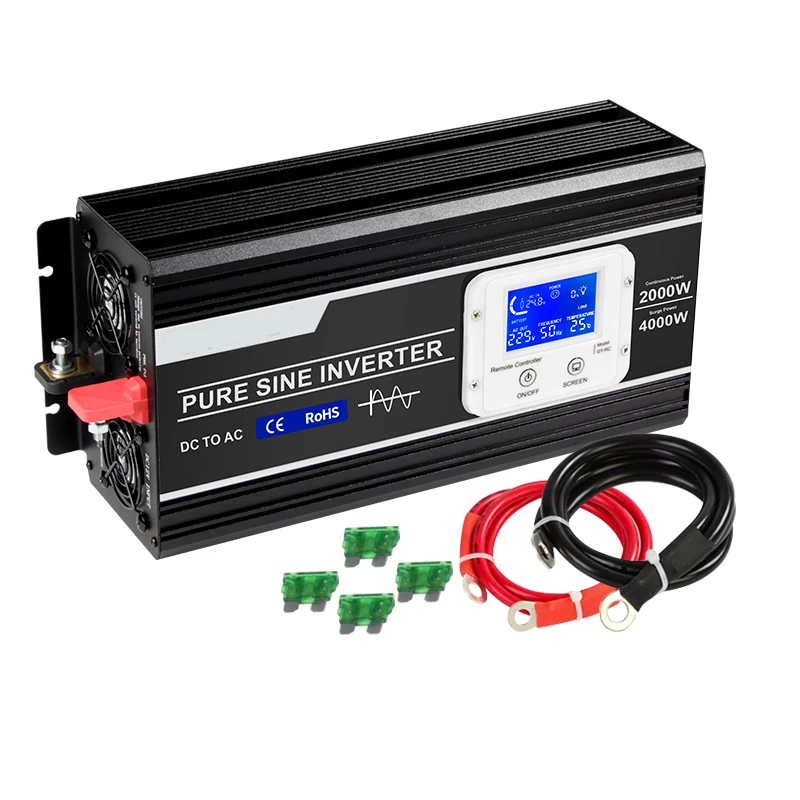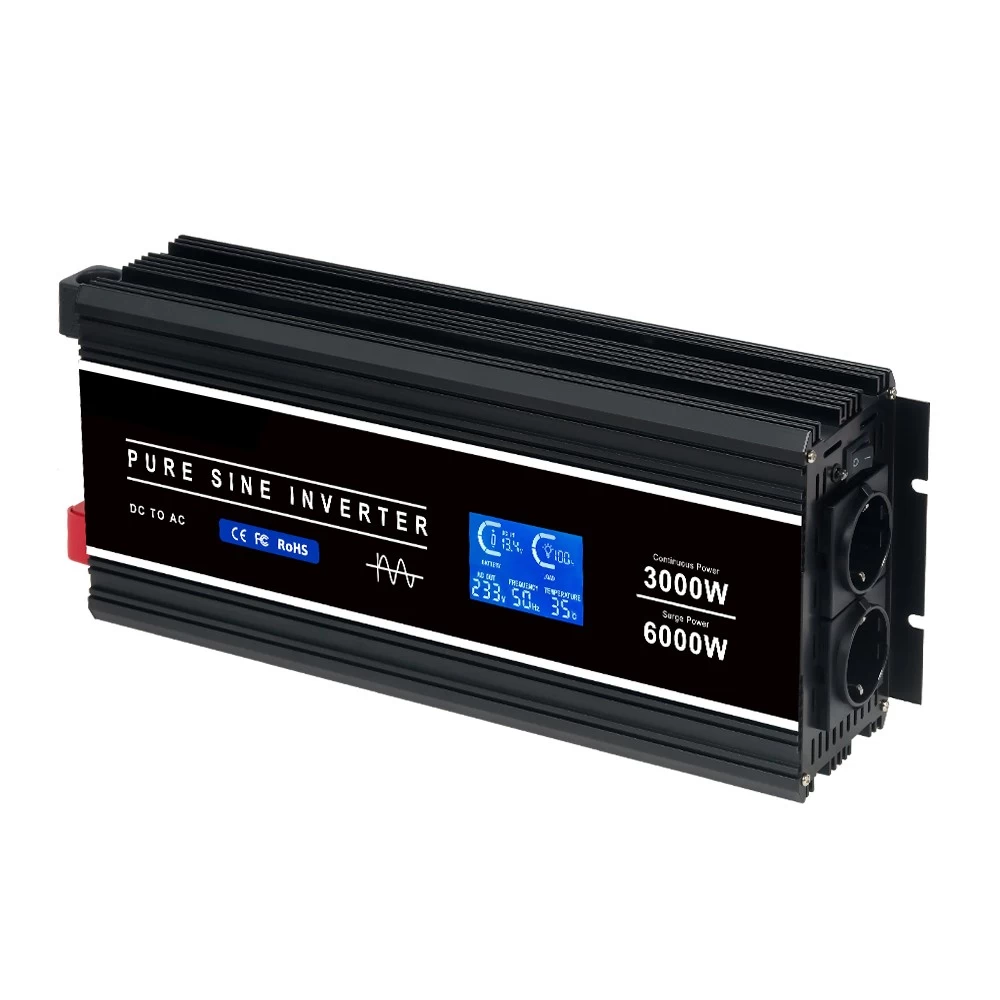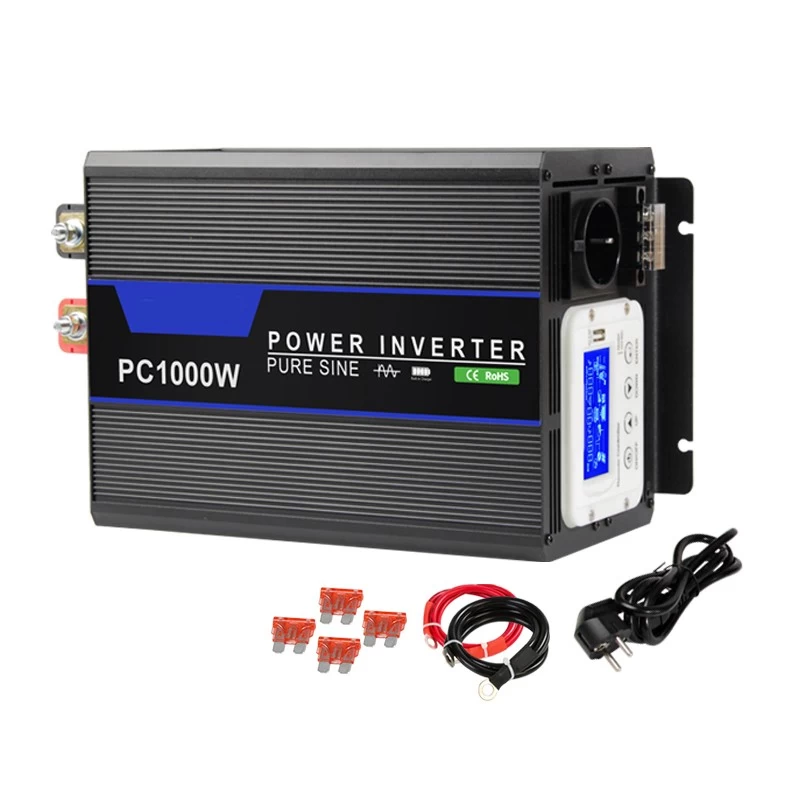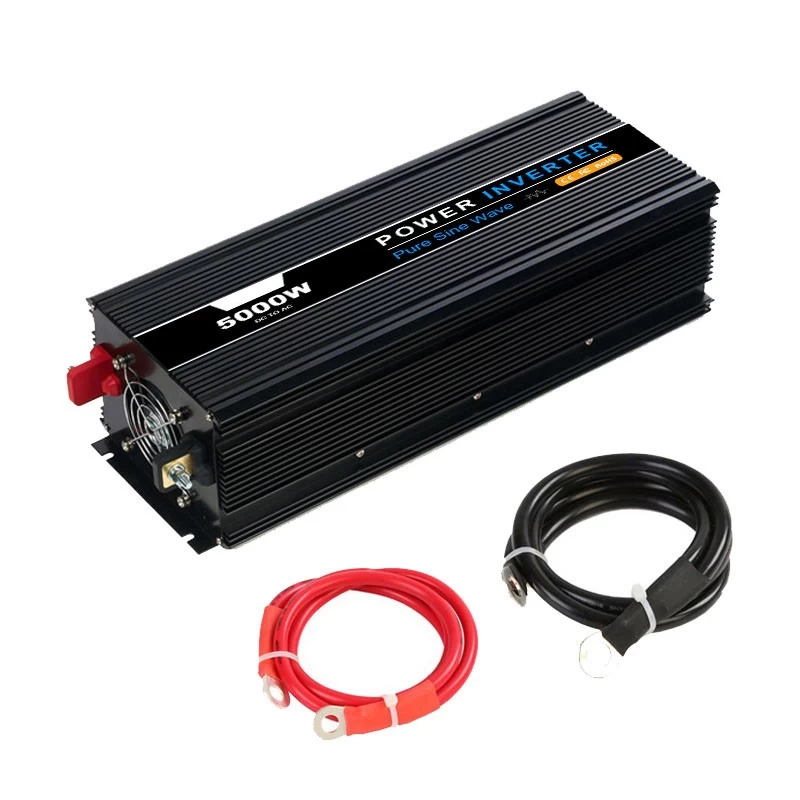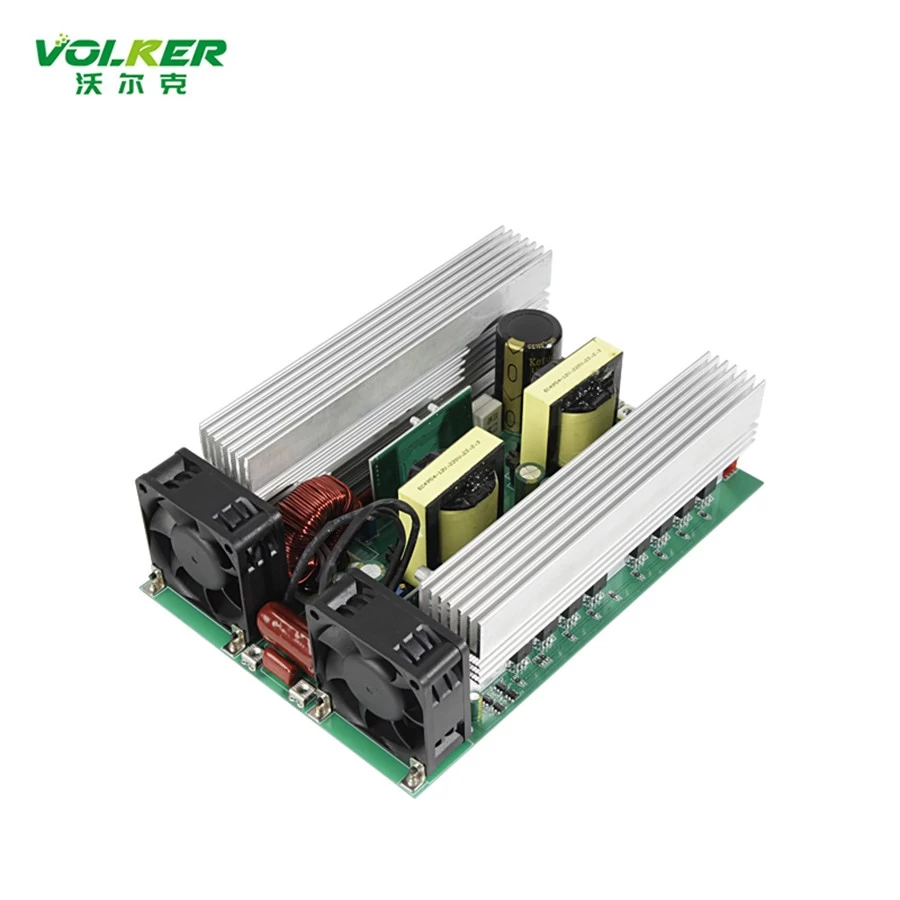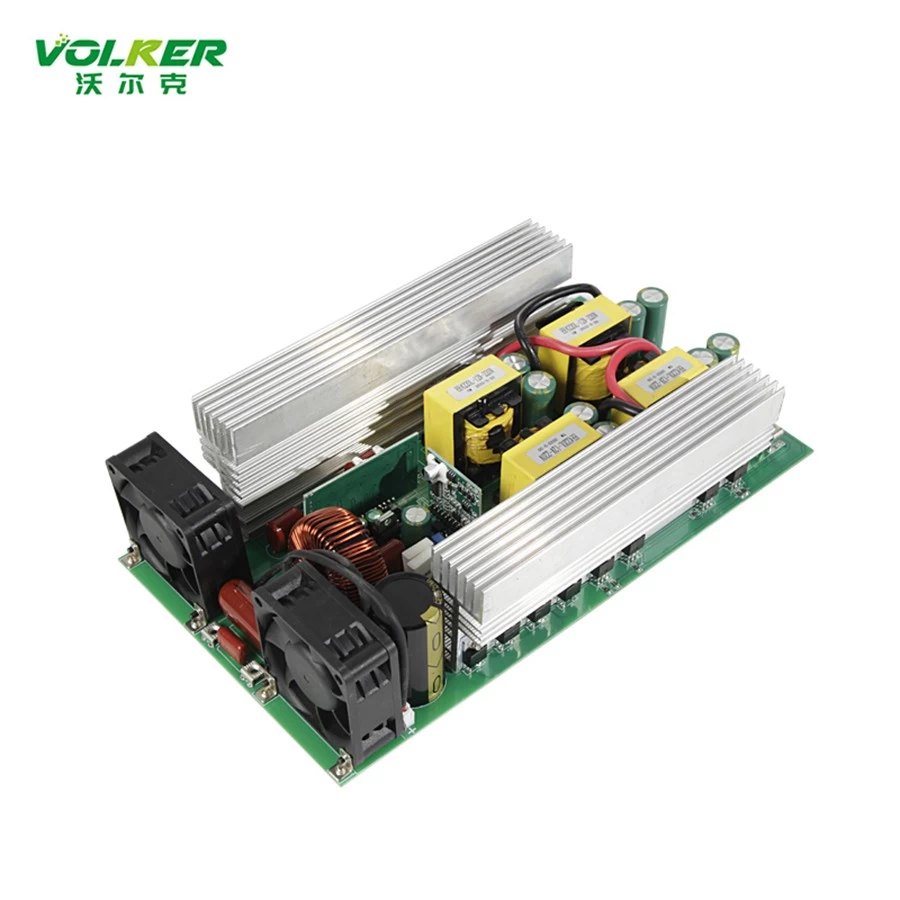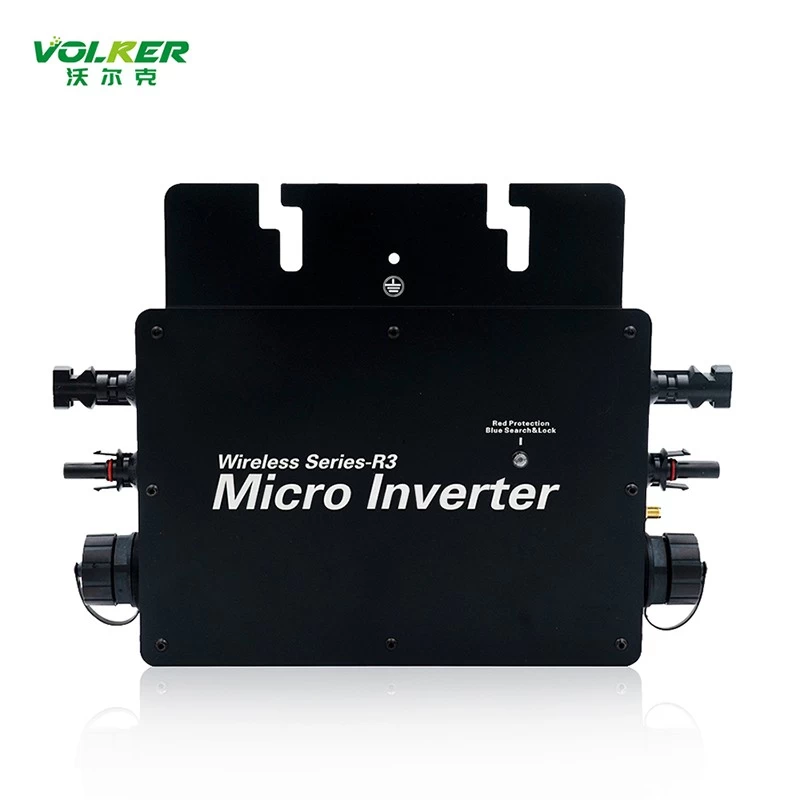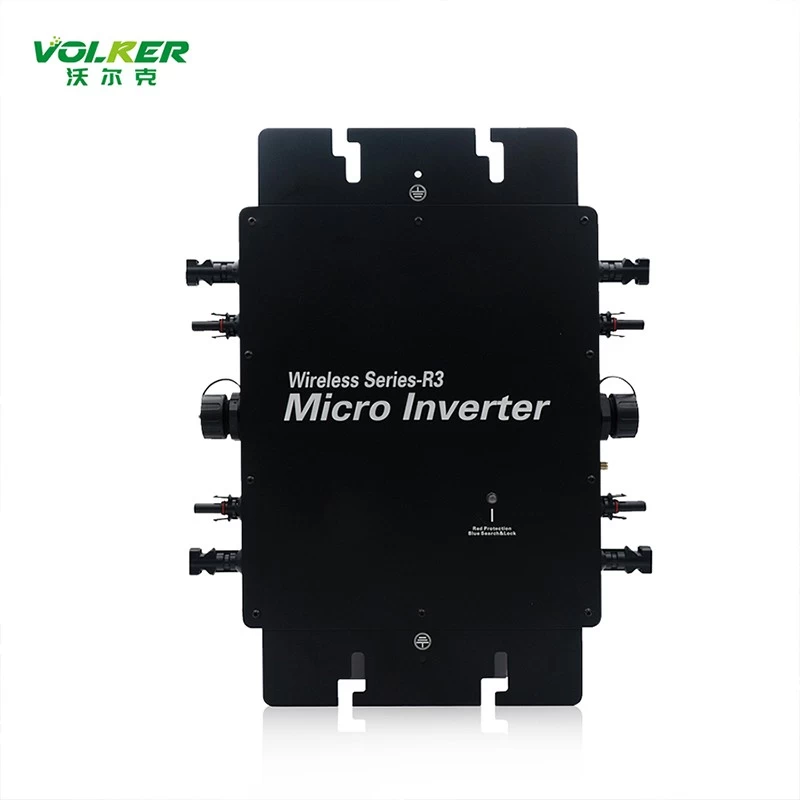What Is an Inverter PCB?
Inverters are electrical devices that convert direct current (DC) to alternating current (AC), such as from solar batteries to wall sockets, for use in household appliances.
An inverter board performs the same function, but fits the DC to AC conversion circuitry into a compact board size.
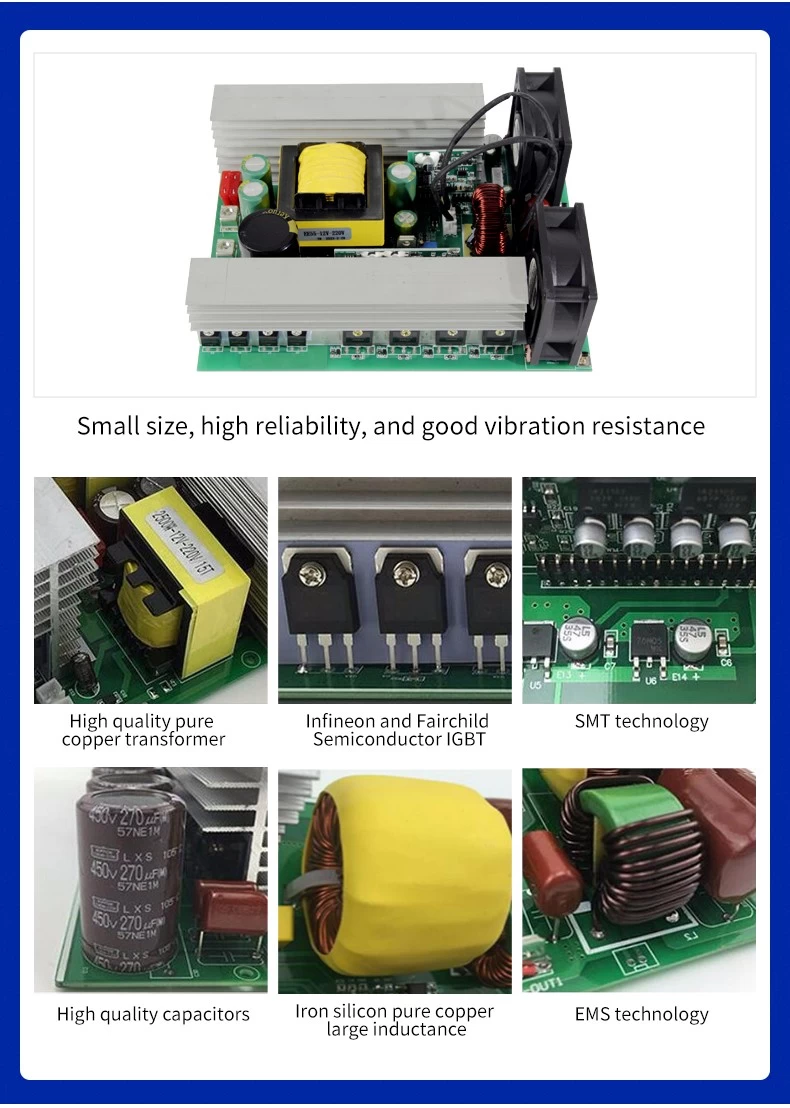
Benefits of an Inverter PCB
This inverter circuit board has the following benefits.
Compact Size: Since it uses copper tracks on a board instead of wires, inverter circuit boards are highly compact. And because machines handle the component installation/soldering, you can expect precise calibration, resulting in zero or fewer instances of short-circuiting.
Easy to diagnose and repair: Diagnosing and repairing electrical problems on PCBs is easier than dealing with wires and large circuits.
Easier to assemble: Assembling inverter PCB components is easier than working with wires, as assembly machines do most of the work.
Solid construction: Printed circuit boards form tight assemblies with parts that are firmly attached to the PCB. This design prevents movement that could damage the device.
Low noise: Inverter boards emit low levels of electrical noise, making them ideal for today's silent appliances, minimising electronic noise pollution.
